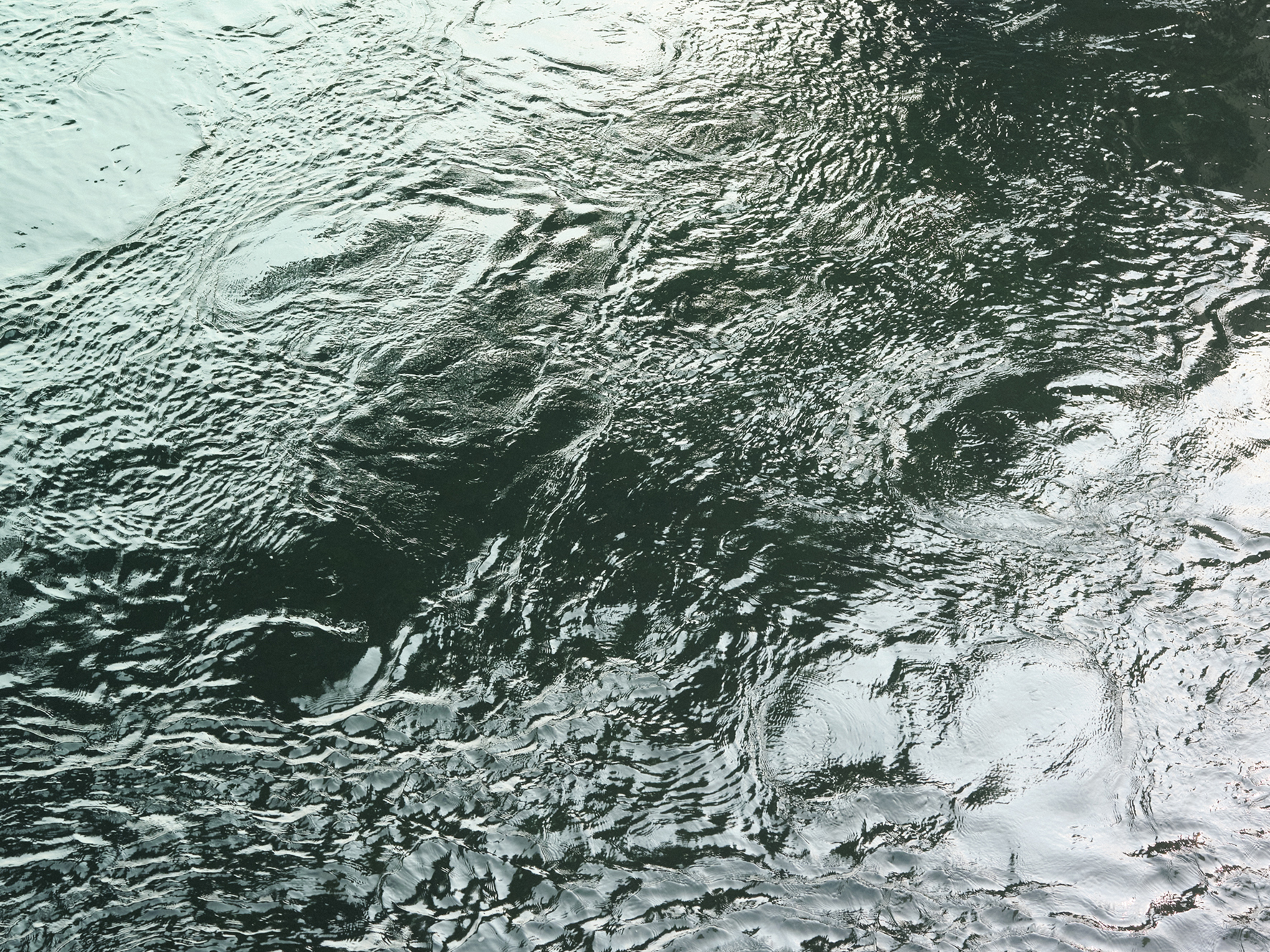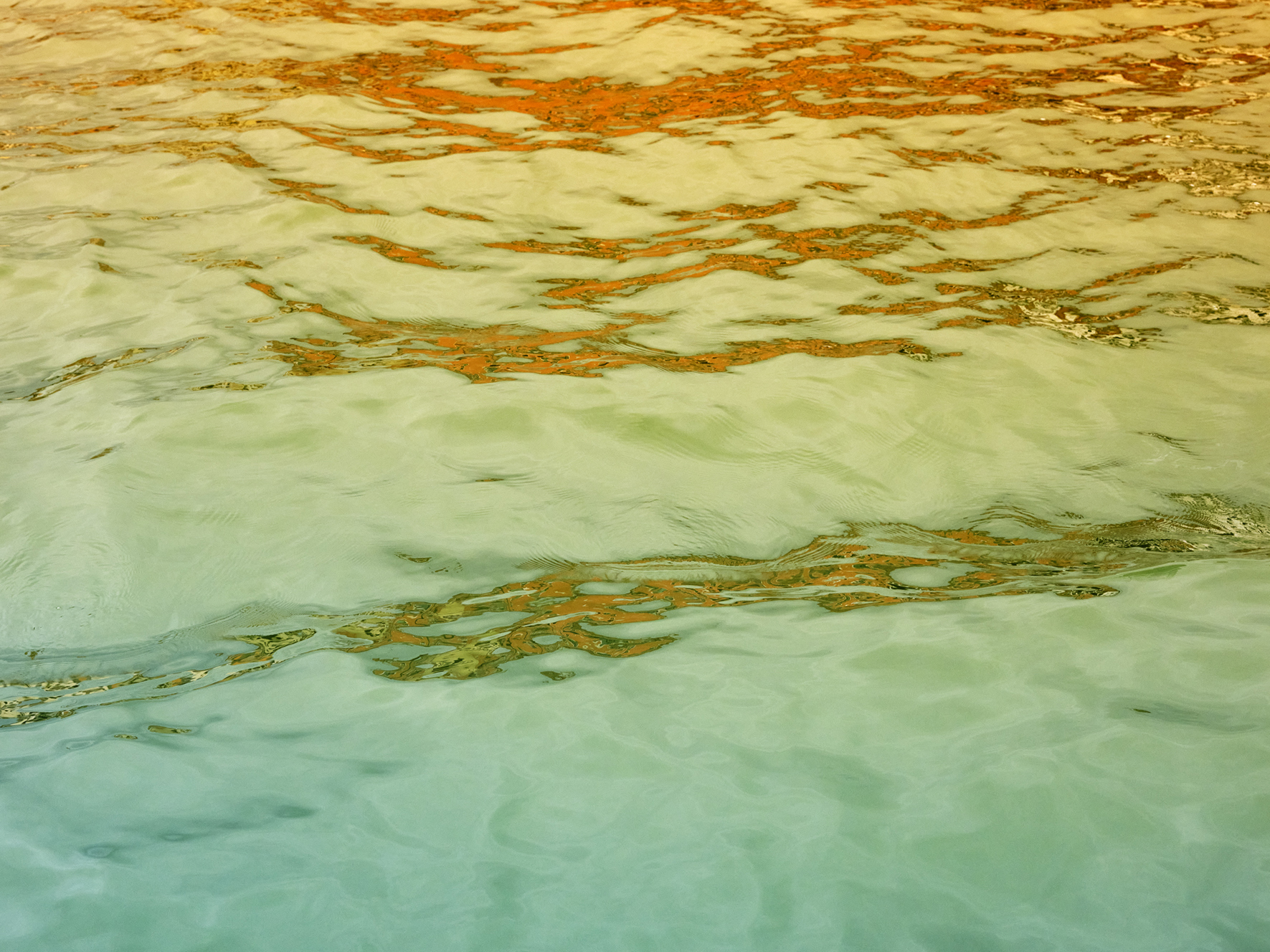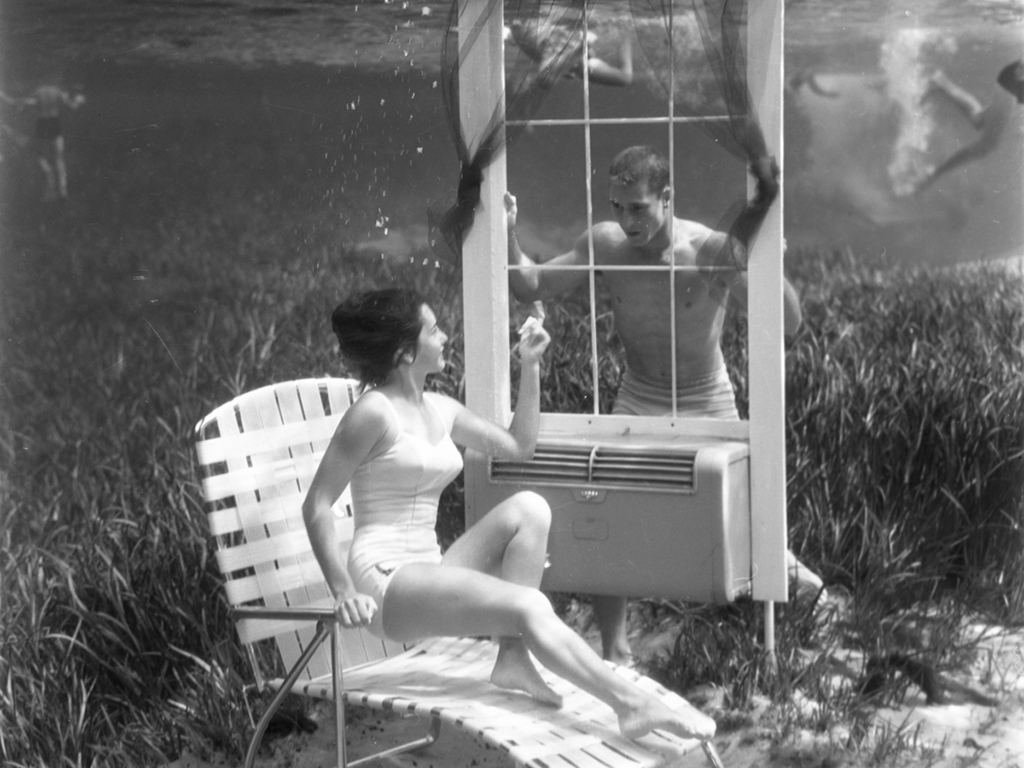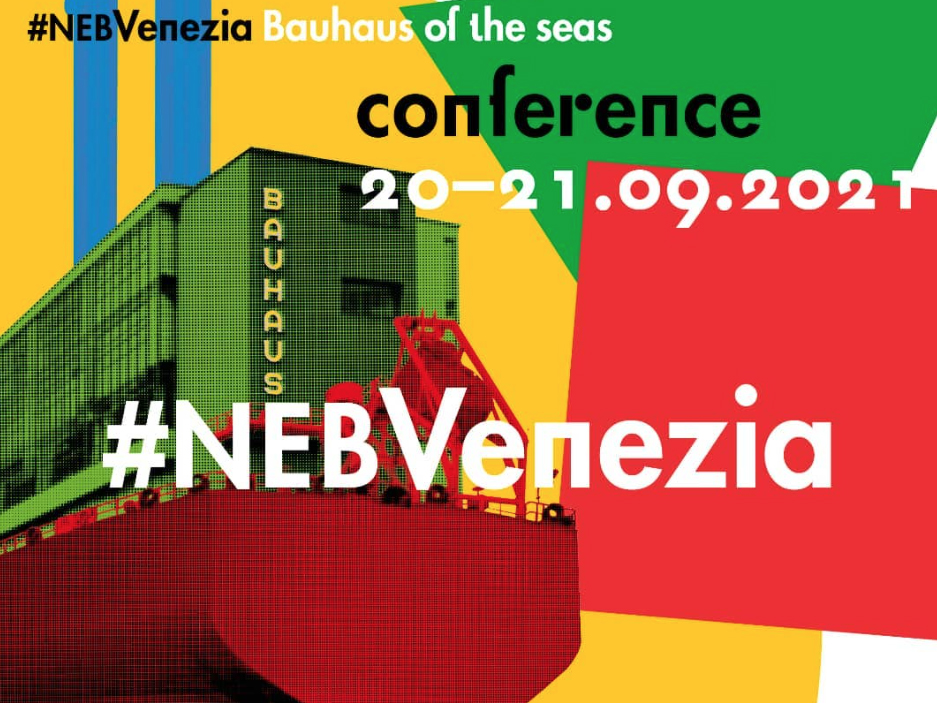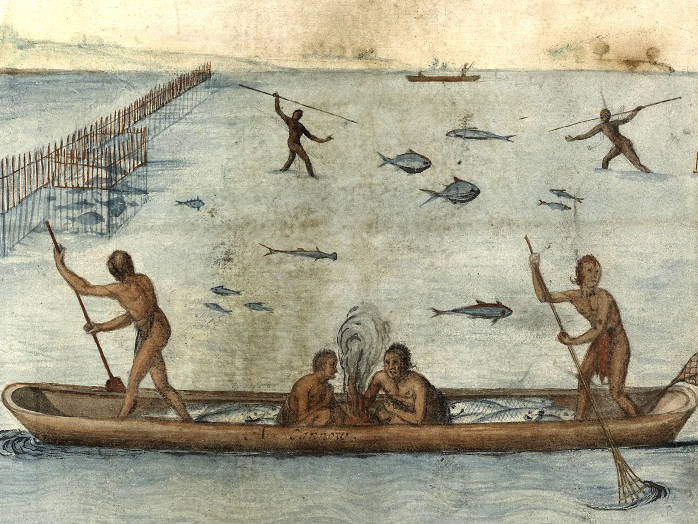Architecture Follows Fish
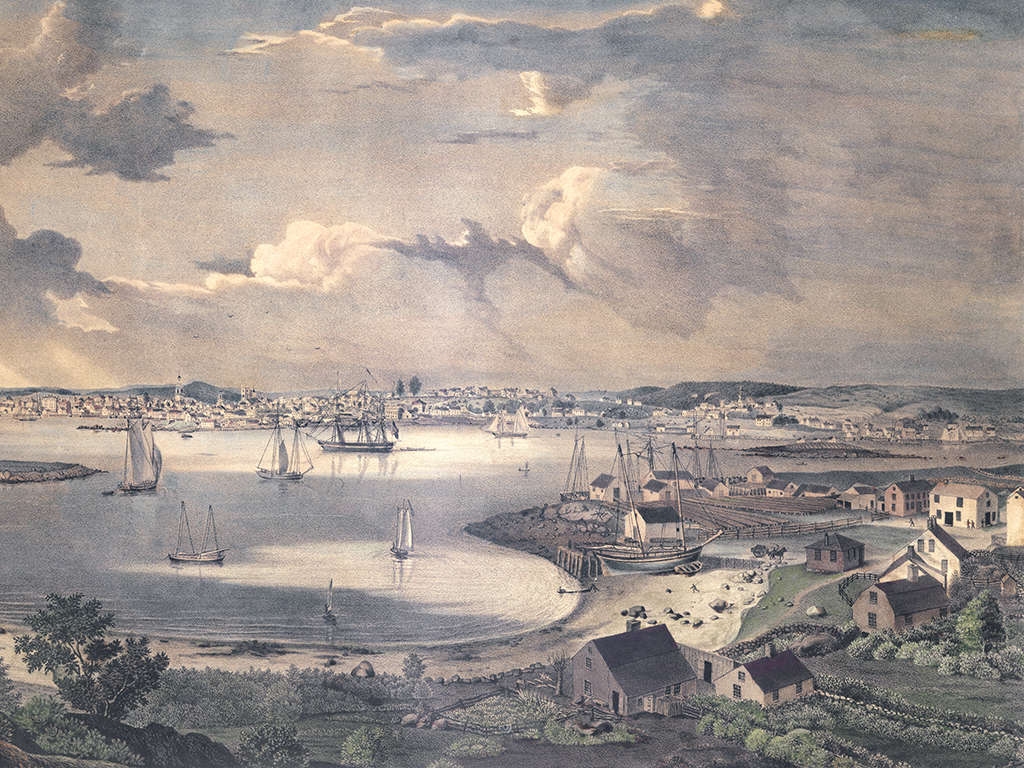
To mark the release of the book Architecture Follows Fish, which is authored by André Tavares and published by MIT Press, the research project Fishing Architecture is organizing a symposium at the Calouste Gulbenkian Foundation in Lisbon on 10 December 2024, when the spotlight will be on the relationship between terrestrial construction and changes in the marine ecosystem.
The day will unfold in three stages. It will start with a debate on the progress of the Fishing Architecture project, which is funded by the European Research Council. After this, various scholars will give a set of short presentations expanding the discussion into a broader field. To conclude the day, the book that motivates the event will be presented to the audience.
Tuesday, 10 December 2024
2.30–4.30 pm : Discussion
The Ecological Continuum between Buildings and Fish Species
Fishing Architecture, André Tavares
Angeiras, Diego Inglez de Souza
Setúbal, Sónia Gabriel
Douarnenez, Alice Nouvet
Ísafjörður, Garðar Eyjólfsson
Gloucester, Rafael Sousa Santos
5–6.30 pm
Iron and Fish, Christy Anderson, University of Toronto
Harvesting the Sea, Annalisa Marzano, Università di Bologna
The North Atlantic Fish Revolution, Poul Holm, Trinity College Dublin
The Potential of Marine Historical Ecology, Ruth Thurstan, University of Exeter
6.30–7 pm: Book launch
Architecture Follows Fish, Joana Gaspar de Freitas, Universidade de Lisboa
On the book
Architecture Follows Fish is set in the North Atlantic, and its protagonist is fish. In this book author André Tavares explores the notion of fishing architecture, a concept coined to describe architectural practices that are spawned by fisheries. To encompass the scope of fishing architecture, and to establish the connections between marine ecology and architectural practice, the book oscillates between different continents, centuries, and species. Fisheries are unique, and this book sheds light on that uniqueness through an articulated narrative and a wealth of iconography.
Up until now there has been no history of architecture from the perspective of fish, although there are counterparts for meat, timber, oil, and many other industries. Tavares provides a counternarrative to the traditional history of marine environments, which tends to focus on water ecosystems, and instead forms a bridge between what happens at sea and what happens on land. The hope is that, after reading this book, readers will better understand life in the sea in relation to urban growth and terrestrial landscapes.
The publication of this book was made possible by a grant from the Graham Foundation for Advanced Studies in the Fine Arts.
For further details on the book see the publisher’s website: mitpress.mit.edu
Hosted by the research project Fishing Architecture the symposium and book launch will take place in Lisbon, at the Calouste Gulbenkian Foundation, Auditorium 3, Tuesday between 14h30 and 18h30.
The sessions are open to the public. We would be grateful if those attending the 2.30–4.30 pm discussion could sign up by email: fish@arq.up.pt
